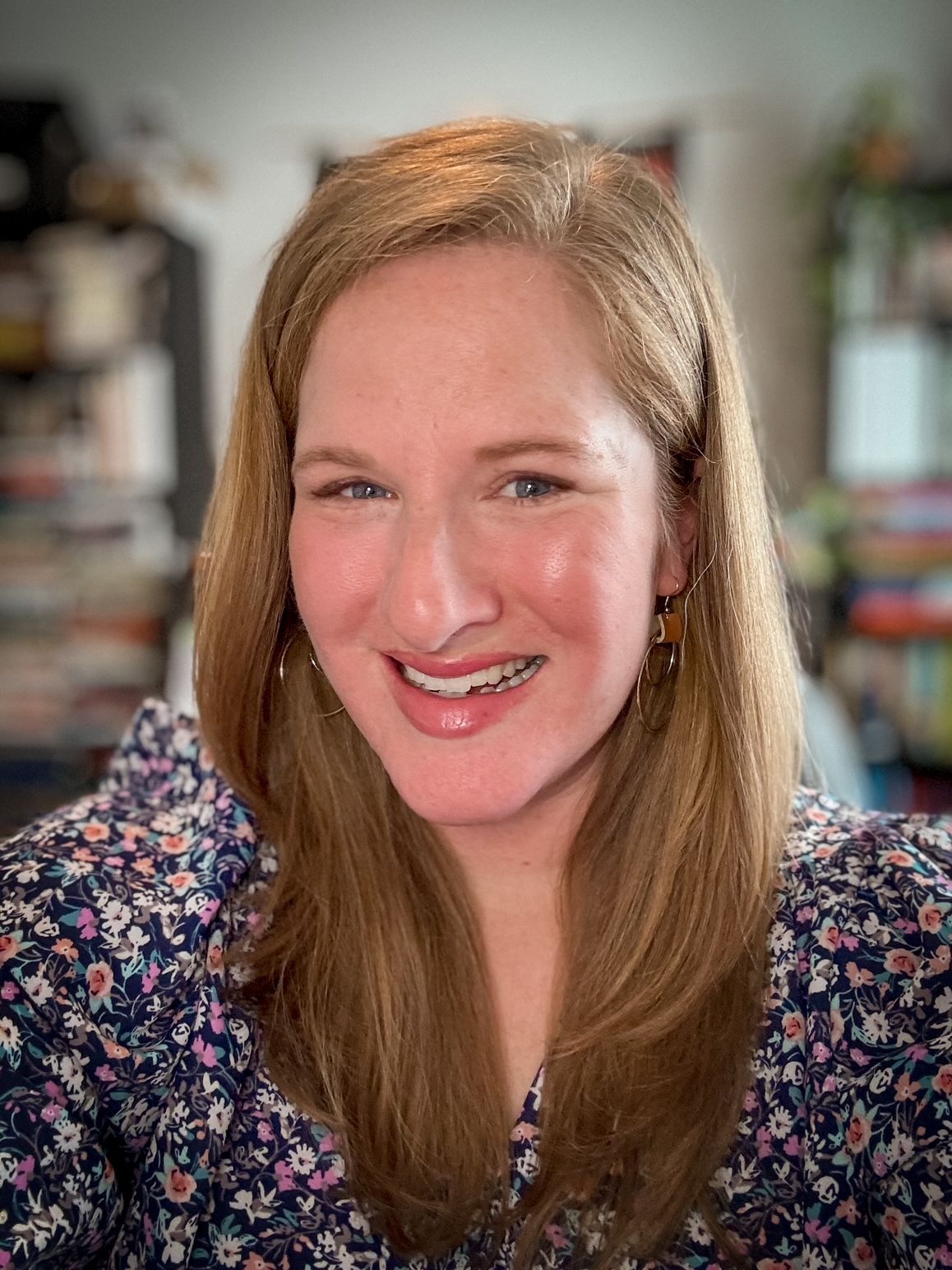Be Nice to Thomas

Here’s a truth about me: my husband has oh-so-scientifically diagnosed me with a disorder he discovered, dubbed the Underdog Syndrome. I am a classic Enneagram 9. My Strengths Finders profile is full of words like empathy, harmony, and connectedness. I want everyone to feel happy, safe, and whole — and so, whether in life, or sports, or TV shows, I root for the underdog.
Maybe this is why our typical understanding of Jesus’ disciple Thomas never sat well with me. We call him “Doubting Thomas.” If that’s not the name of an underdog, I don’t know what is.
I’m a spiritual director, and I feel especially called to companion those who find themselves in a season of deconstruction or doubt in their journey of faith. After undergoing my own process of deconstruction, I started researching and diving into what happens to us when we doubt and deconstruct our faith, how people respond to us, and how God responds to us. One of the first stories I went to was perhaps the most constant cautionary tale of doubt: Doubting Thomas. But I had to ask: was this really the way that Jesus would define his friend? Was Thomas only a cautionary tale? Was he just the one who doubted, or was there more to his story?
(These are the questions that most fuel Underdog Syndrome.)
Here’s how the story goes (you can find it in John 20:24-29): Three days prior, Jesus’ friends saw Jesus crucified on a cross, and they were now mourning the loss of their friend and leader, not to mention hiding away from the Roman authorities — for fear that they might meet the same fate as Jesus. Earlier in John 20, Jesus first appears to Mary Magdalene, and then to the rest of the disciples, although Thomas is absent. After Mary Magdalene recognizes Jesus, she goes to tell the disciples, but they can’t believe her story until they see Jesus for themselves (John 20:19-23). When the disciples see Jesus (sans Thomas), they’re still locked in an upper room, hiding from the authorities — and they’re still locked in that room when Thomas joins them.
“We have seen the Lord!” they exclaim. But something tells me they still had their own doubts. After all, they were still hiding; would they still hide if they fully grasped what they had just seen?
Thomas tells his friends that he will only believe that they had seen Jesus alive again if he can touch Jesus’ wounds (John 20:25). It is this statement that frequently labels our protagonist “Doubting Thomas,” but I wonder if this nickname is a little unfair. Thomas does doubt, but he also simply asks for what everyone else has already received. Whether it’s Thomas, Mary Magdalene, or the rest of the disciples — throughout John 20, an actual, physical appearance of Jesus is necessary for the disciples’ fear to turn to recognition.
When Jesus finally appears to Thomas, Jesus acts first. Thomas never has a chance to ask Jesus to show his wounds; instead, Jesus seems to simply know Thomas’ needs and actively offers his hands and side in invitation to Thomas. It’s as if Jesus understands the close relationship between trust and doubt, that our doubt is not unfaithfulness but most often a logical response to God’s actions in the face of our human experiences. When Jesus does move towards Thomas, Thomas is overwhelmed by the sight of Jesus and the sound of Jesus’ words, and without needing further proof, Thomas utters his confession in verse 28, “My Lord and my God!”
This confession means something. This is the only time a character in the Gospel of John has declared Jesus God. In other words, Thomas responds to seeing Jesus with the strongest affirmation of faith in John’s entire gospel — perhaps without ever taking up Jesus’ invitation to touch his wounds. (We don’t know!) In response, Jesus tells Thomas, “Because you have seen me, you have believed; blessed are those who have not seen and yet have believed.” (John 20:29) This is often understood as a rebuke of Thomas, but the statement is just as true of Mary Magdalene and the other disciples as it is of Thomas. Thomas believed because he saw, just like many others who came before him, and Jesus’ response to him is not a rebuke but a statement of authority and reliability in Thomas and the other disciples’ testimony. Those who believe without seeing and follow Jesus in the years to come are able to believe because of the eyewitness accounts of the disciples; they saw, so that we might know Jesus, too. Thomas’ story is an example and explanation of the belief available to those who come to faith beyond the time of Jesus and his eyewitnesses.
But this is what I find most meaningful: this is how God responds to doubt. The God of Love is not deterred by our doubt; instead, God acts on behalf of those God loves regardless of their doubt. God knows and cares about the close interaction between trust and doubt. Doubt, questions, and deconstruction are not uncommon or unfaithful experiences, but rather a response to God’s extraordinary action in the face of human circumstances. While it’s clear through Jesus’ interactions with Thomas that God desires trust from God’s people, God does not turn away or reject those who doubt; instead, God moves towards those God loves, enacting God’s promises and offering love and healing.
If you find yourself in a season of doubt, of big questions, of deconstruction — know that the God who sees you, who loves you, and who calls you by name is not deterred. God is continually moving towards you, enacting God’s promises and offering you love and relationship. You are not alone, you are not abandoned, and you are not in the way.
You are deeply and unequivocally loved.

Dr. Jana Koh has 10 years of experience as a pastor and church planter, with a Masters of Divinity degree from Fuller Theological Seminary and a Doctor of Ministry in Leadership & Spiritual Formation from Portland Seminary at George Fox University. She earned a certificate in Spiritual Direction through Sustainable Faith.
Jana is passionate about hearing others’ stories in order to better understand how they know and experience God so that they can look for God’s presence and activity together, with a specialization in walking alongside those who carry doubt, deconstruction, and deep questions about faith. Jana currently lives outside Seattle, Washington with her husband, children, and basset hound. She loves to sing, play piano, crochet, dabbles in photography, and will find any excuse to visit the Puget Sound.
Instagram: @theabodewa
website: www.theabodewa.org

